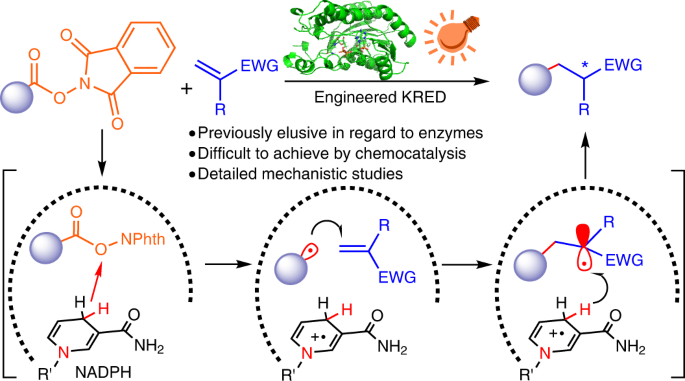2022-05-23 アメリカ合衆国・カリフォルニア大学リバーサイド校(UCR)

・ UCR が、PFAS(パーフルオロアルキルおよびポリフルオロアルキル化合物)で特に難分解性のFCA(フルオロカルボン酸)について、一般的な微生物による選択的な分解に成功したことを報告。
・ 9,000 種類を超える化学物質の総称である PFAS は 1940 年代より数多くの工業プロセスや商品に使用され、現在はほぼすべての水源における PFAS 汚染が問題となっている。
・ PFAS のフッ素原子と炭素原子の結合は最も強力な単結合であるため、PFAS は非生分解性で従来の水質処理が無効。人間を含む生物の生体内に蓄積されやすく、がんや甲状腺・肝臓の疾患等の健康被害との関連性が懸念されているが、完全に理解されていない。
・ PFOA(ペルフルオロオクタン酸)のような過フッ素化合物の脱フッ素化に有効なバイオ触媒は極めて希少で、PFAS を脱フッ素化する微生物・酵素やその方法はほとんどわかっていない。UCR では、これらの情報の発見に向けた最先端の研究を実施している。
・ 嫌気性微生物による 2 種類の PFAS の分解に成功した過去の研究成果を踏まえ、本研究では嫌気性微生物による分解の出発点が FCA 分子のカルボキシル基に隣接する炭素原子の二重結合にあり、二重結合のトリフルオロメチル基が生分解性を大幅に向上させること、また、嫌気性・好気性微生物群の協働により、特定の過フッ素化合物のより効果的な脱フッ素化が可能なことを実証した。
・ 過フッ素化合物の炭素-フッ素結合を分解しても有害な分子が残るため、PFAS 汚染の改善にはPFAS 親分子分解後の二次分子の完全な分解が重要となる。
・ UCR の別の研究では、共代謝プロセスを通じた活性汚泥(廃水処理施設で有機物の分解と除去に利用される微生物群)による、ある種類の過フッ素化合物分解後の二次分子の完全分解を実証している。
・ 本研究は、特定の過フッ素化合物について、嫌気性・好気性微生物等の異種の微生物グループの協働を通じた、より効果的な脱フッ素化が可能なことを示している。
URL: https://news.ucr.edu/articles/2022/05/23/microbes-can-degrade-toughest-pfas
<NEDO海外技術情報より>
関連情報
Environmental Science & Technology 掲載論文(アブストラクトのみ:全文は有料)
Microbial Defluorination of Unsaturated Per- and Polyfluorinated Carboxylic Acids under Anaerobic
and Aerobic Conditions: A Structure Specificity Study
URL: https://pubs.acs.org/doi/10.1021/acs.est.1c05509
Abstract
The recently discovered microbial reductive defluorination of two C6 branched and unsaturated fluorinated carboxylic acids (FCAs) provided valuable insights into the environmental fate of per- and polyfluoroalkyl substances (PFASs) and potential bioremediation strategies. However, a systematic investigation is needed to further demonstrate the role of C═C double bonds in the biodegradability of unsaturated PFASs. Here, we examined the structure-biodegradability relationships of 13 FCAs, including nine commercially available unsaturated FCAs and four structurally similar saturated ones, in an anaerobic defluorinating enrichment and an activated sludge community. The anaerobic and aerobic transformation/defluorination pathways were elucidated. The results showed that under anaerobic conditions, the α,β-unsaturation is crucial for FCA biotransformation via reductive defluorination and/or hydrogenation pathways. With sp2 C–F bonds being substituted by C–H bonds, the reductive defluorination became less favorable than hydrogenation. Moreover, for the first time, we reported enhanced degradability and defluorination capability of specific unsaturated FCA structures with trifluoromethyl (−CF3) branches at the α/β-carbon. Such FCA structures can undergo anaerobic abiotic defluorination in the presence of reducing agents and significant aerobic microbial defluorination. Given the diverse applications and emerging concerns of fluorochemicals, this work not only advances the fundamental understanding of the fate of unsaturated PFASs in natural and engineered environments but also may provide insights into the design of readily degradable fluorinated alternatives to existing PFAS compounds.



